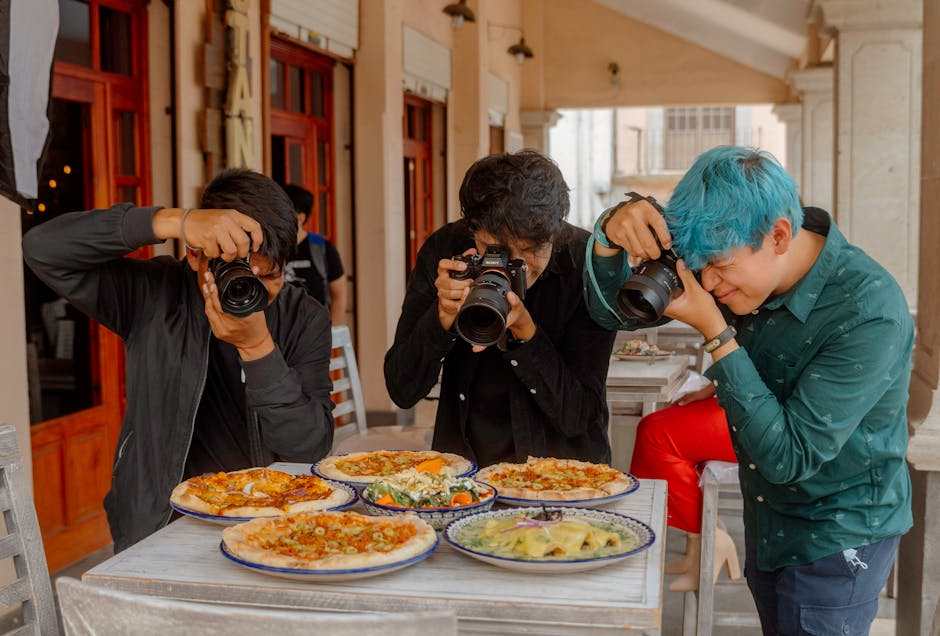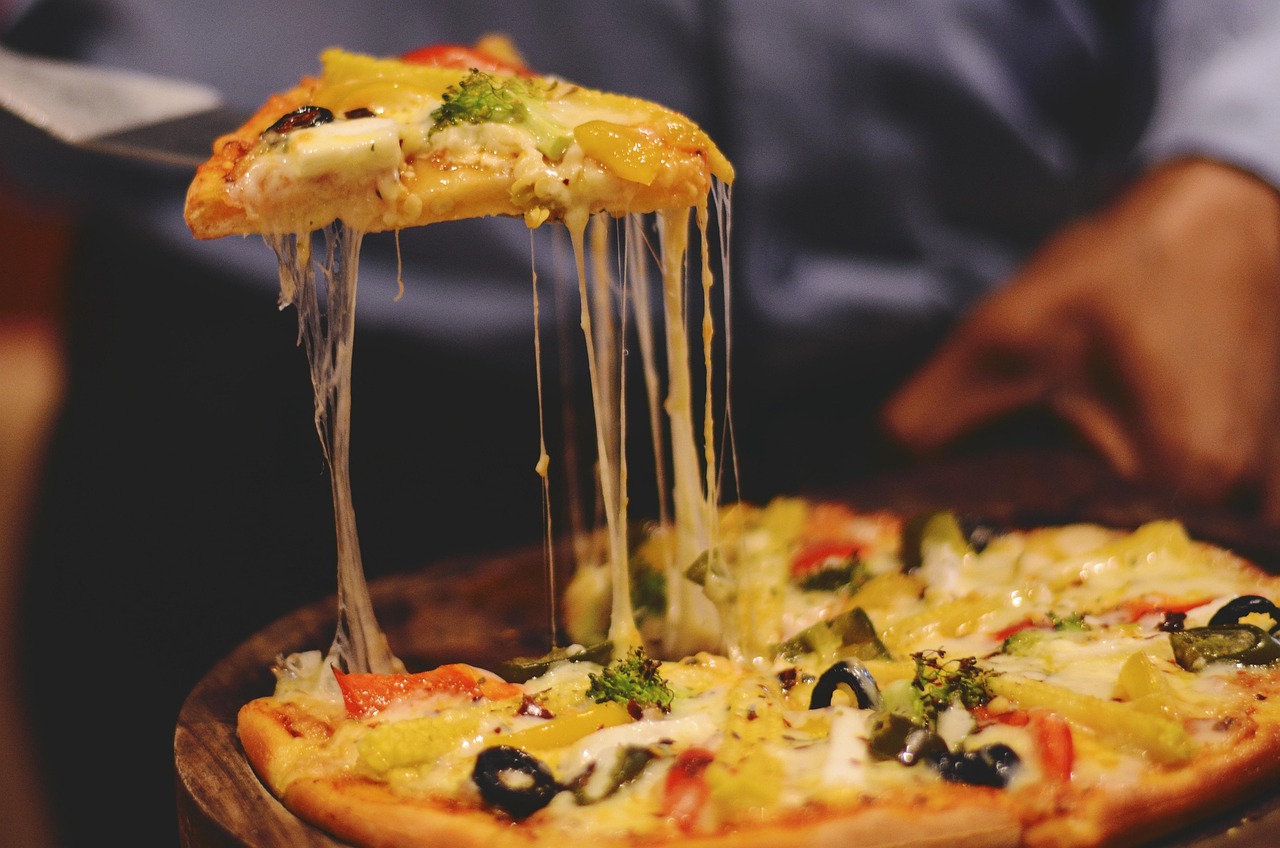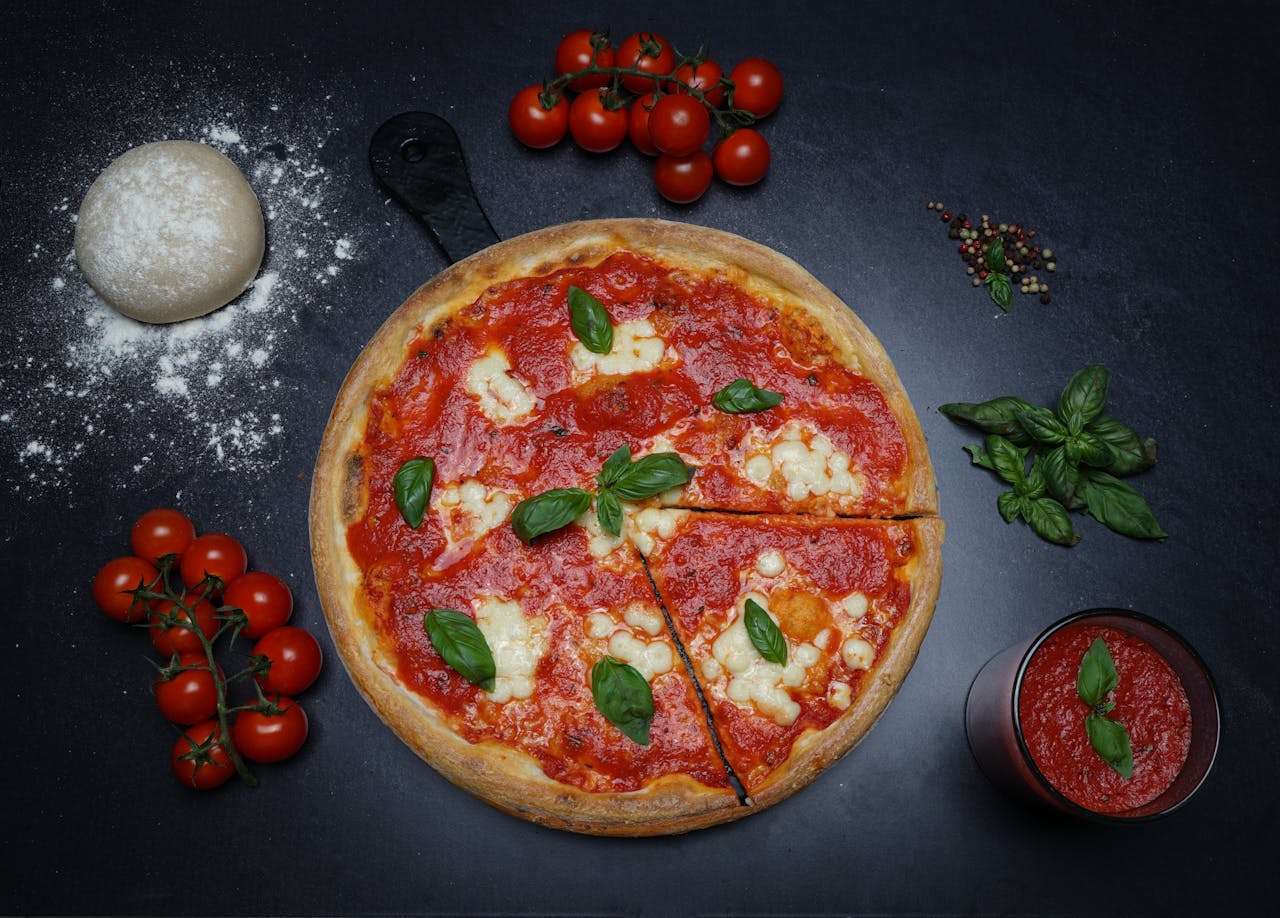In today’s visually driven digital world, the quality of your food photography can make or break your restaurant, bakery, or catering business. When potential customers browse online for dining options in London, Ontario, they’re often making decisions based on what they see before what they read. Finding the best food photographers in London Ontario who can capture your culinary creations in their most appetizing light is crucial for standing out in a competitive market. Professional food photography isn’t just an expense—it’s an investment that directly impacts your brand perception, customer engagement, and ultimately, your bottom line. This comprehensive guide offers five essential tips to help you select a food photographer who can elevate your business’s visual presence and attract more customers through mouthwatering imagery.
Why Professional Food Photography Matters
Before diving into the selection process, it’s important to understand why professional food photography is worth the investment. In the restaurant and food service industry, appearances matter significantly. According to industry statistics, businesses with professional food photography on their websites and social media platforms see up to 30% higher engagement rates than those using amateur images.
Professional food photography does more than just document your dishes—it tells your brand’s story, reflects your culinary philosophy, and creates an emotional connection with potential customers. Social media has an ever-growing influence on where diners choose to eat, and this trend is only set to grow further in the coming years. These platforms are based on highly visual content, so ensuring you have first-class images and videos is now essential.
When customers browse restaurant options online, they’re not just looking for information—they’re trying to envision their dining experience. Professional food images create anticipation and desire that amateur photography simply cannot match. In London’s vibrant food scene, standing out visually can be the difference between a fully booked restaurant and empty tables.
Tip 1: Evaluate Portfolio and Experience with Food Photography
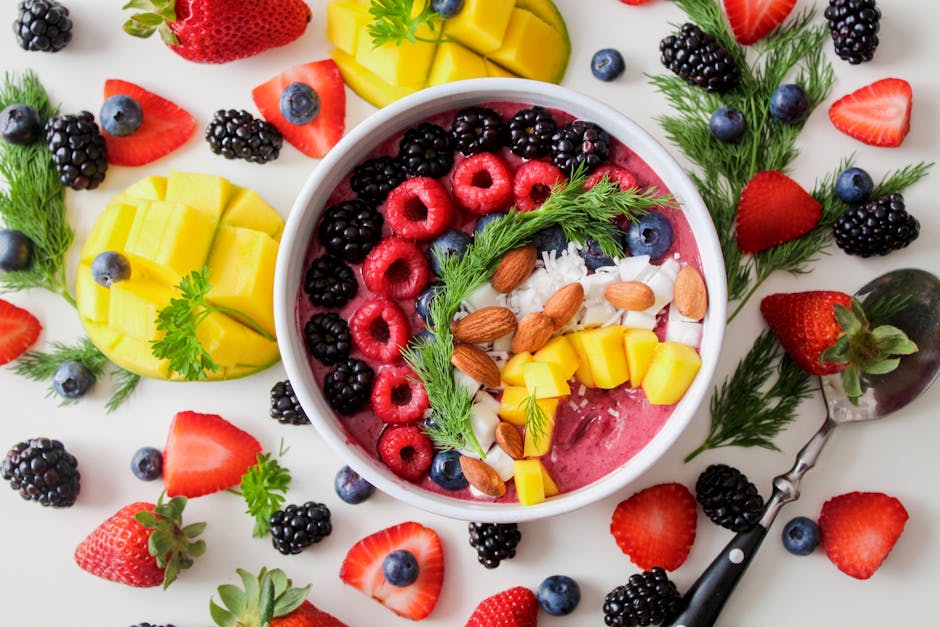
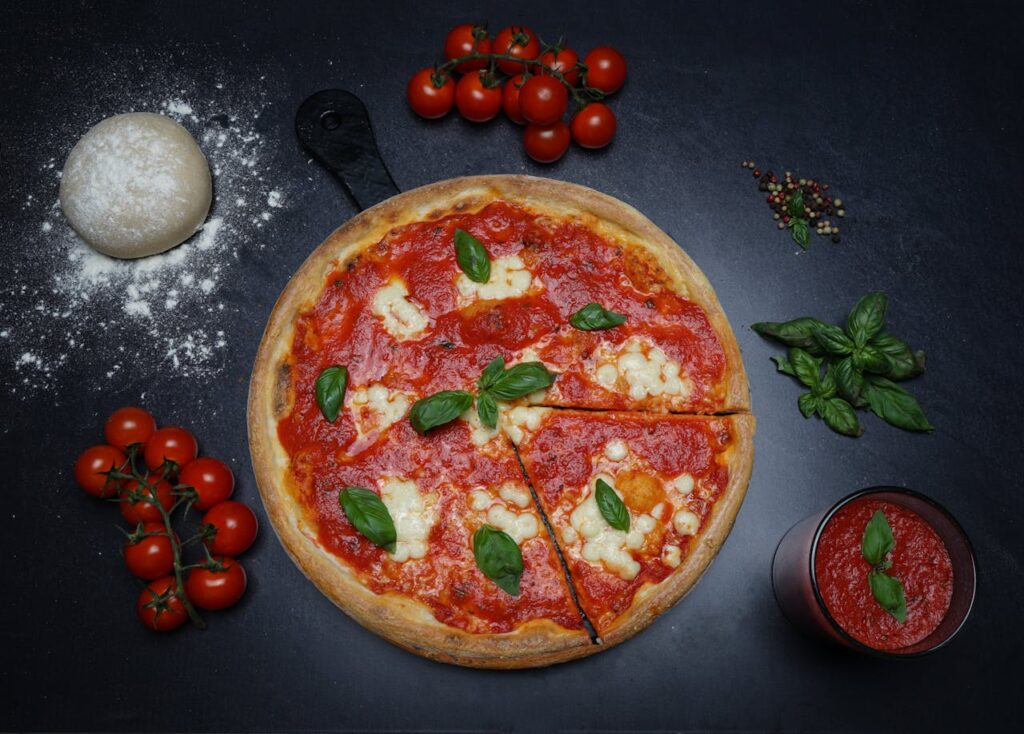
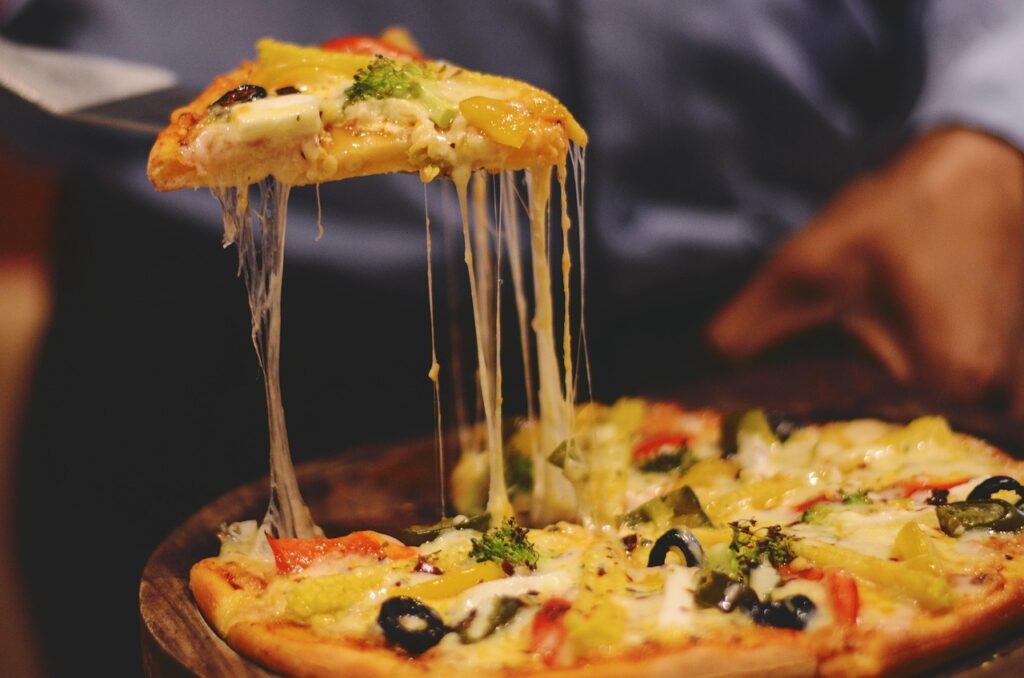

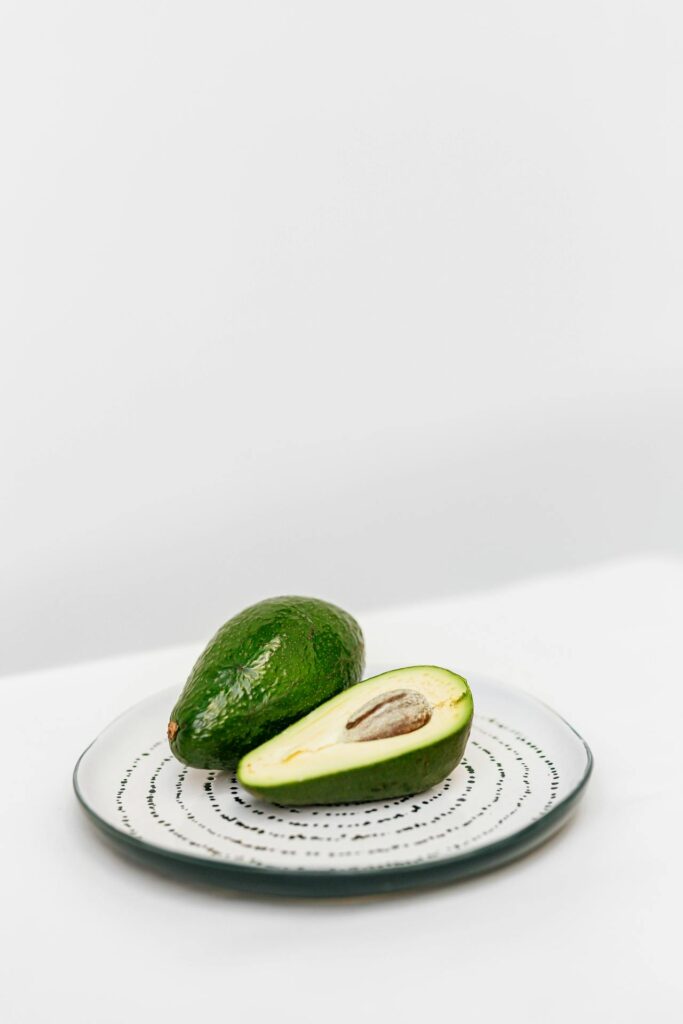
The first and perhaps most important step in choosing a food photographer is thoroughly examining their portfolio. A photographer’s past work speaks volumes about their style, technical abilities, and understanding of food presentation.
Look for Specialized Food Photography Experience
Not all photographers excel at food photography, which requires specific techniques and understanding. When reviewing portfolios, pay special attention to photographers who have extensive experience shooting food specifically. Food photography is a specialized discipline that requires understanding of lighting techniques that highlight textures, capture steam, and showcase the most appetizing aspects of dishes.
Look for images that make you hungry—this visceral reaction is exactly what you want your customers to experience. A good food photographer doesn’t just take pictures of food; they capture its essence, texture, and appeal. Check whether the photographer has worked with businesses similar to yours, such as restaurants, bakeries, or food product companies in the London area.
Assess Technical Skills Through Their Portfolio
Beyond the subject matter, evaluate the technical quality of the photographer’s work. Are the images properly exposed? Is the focus sharp where it needs to be? Do the colors look natural and appetizing? Professional food images should have proper white balance (food shouldn’t look too yellow or blue), appropriate depth of field (usually with the focus on the main elements of the dish), and excellent composition that draws the eye to the most important aspects of the food.
A truly experienced food photographer will demonstrate consistency across their portfolio, showing they can reliably produce high-quality results rather than occasional lucky shots.
Tip 2: Verify Their Understanding of Food Styling
Great food photography isn’t just about camera skills—it’s equally about food styling and presentation. The best food photographers either have styling skills themselves or work with professional food stylists. Discover how food styling transforms ordinary dishes into visual masterpieces.
The Importance of Food Styling Expertise
Food styling is the art of arranging food to look its most appetizing in photographs. This includes considerations like composition, color theory, texture variety, and the strategic use of props and backgrounds. A photographer who understands these principles will create more compelling images that tell a story about your food.
When evaluating potential photographers, ask about their approach to food styling. Do they bring their own props? Can they source appropriate styling elements that align with your brand? The best photographers will have a collection of backgrounds, tableware, and styling tools specifically for food shoots.
Consider Their Pre-Shoot Planning Process
Professional food photographers should have a systematic approach to planning shoots. This typically includes creating shot lists, discussing your brand’s visual identity, and developing mood boards to align on aesthetic direction before the shoot begins.
Ask potential photographers about their planning process. Those who take time to understand your brand, target audience, and marketing goals before even picking up their camera will likely deliver better results. Look for someone who requests a consultation to discuss your specific needs rather than offering a one-size-fits-all approach.
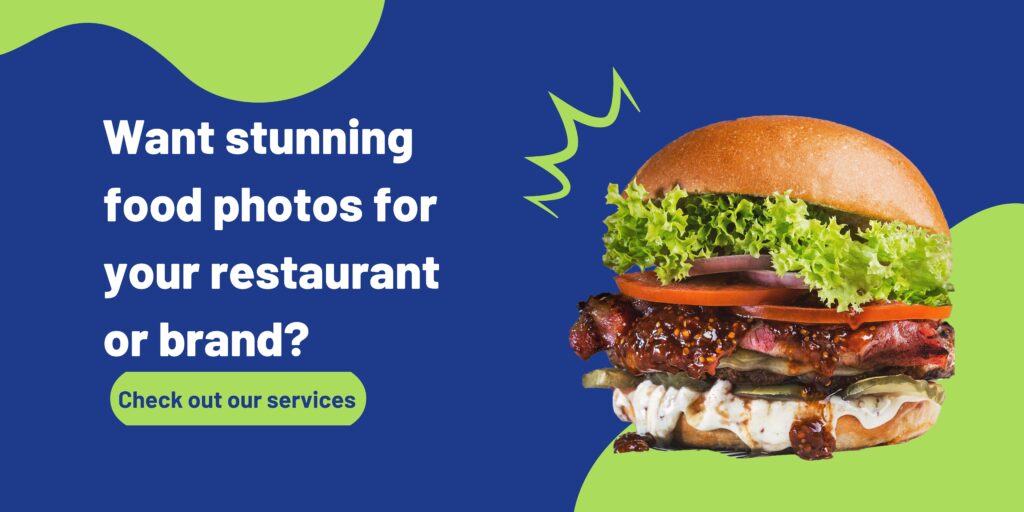
Tip 3: Assess Their Technical Equipment and Lighting Expertise
The equipment and technical knowledge a photographer brings to a shoot significantly impact the quality of the final images. While expensive gear doesn’t automatically make someone a great photographer, professional-grade equipment does provide more capabilities and flexibility.
Lighting Capabilities Are Critical
Lighting is perhaps the single most important technical aspect of food photography. Different lighting techniques create different moods and highlight different aspects of food. Some dishes look best in bright, even lighting that highlights fresh ingredients, while others benefit from dramatic, directional lighting that emphasizes texture and dimension.
A versatile food photographer should be comfortable working with both natural light and studio lighting setups. Ask potential photographers about their lighting approach and whether they can adapt to different styles based on your brand’s aesthetic. The ability to control lighting precisely is what separates amateur from professional food photography.
Image Processing and Delivery
Beyond the shoot itself, inquire about the photographer’s post-processing workflow. Professional food photography typically requires careful editing to perfect colors, contrast, and overall appeal without making the food look artificial. Ask to see before-and-after examples if possible.
Also, discuss image delivery formats. Will you receive high-resolution files suitable for print as well as web-optimized versions for your website and social media? A thorough professional should provide images in multiple formats appropriate for your needs.
Tip 4: Review Client Testimonials and Industry Reputation
A photographer’s reputation within the local food industry can tell you a lot about their reliability, professionalism, and the quality of their work. In London, Ontario’s close-knit food community, word-of-mouth recommendations are particularly valuable.
Check Reviews and Ask for References
Start by reviewing any testimonials on the photographer’s website, but don’t stop there. Look for reviews on Google, social media platforms, and photography directories. Pay attention to comments specifically from food-related businesses, as their needs would be similar to yours.
Don’t hesitate to ask photographers for references from past clients, particularly restaurants or food businesses in London. A confident professional will be happy to connect you with satisfied clients. When speaking with references, ask about the entire experience—not just the final photos but also communication, timeliness, and whether the photographer was easy to work with during the shoot.
Look for Industry Recognition
Has the photographer received any awards or recognition for their food photography? Are their images featured in local publications, cookbooks, or food magazines? Recognition from industry peers can be a strong indicator of quality work.
Also, consider whether local restaurants or food businesses feature their work prominently. If successful establishments in London trust this photographer with their visual identity, it’s a positive sign of their capabilities and reliability.
Tip 5: Understand Pricing, Packages, and Usage Rights
Professional food photography is an investment, and understanding exactly what you’re getting for your money is essential before making a commitment.
Pricing Structure and What’s Included
Food photography pricing can vary widely based on experience, time required, number of final images, and usage rights. Some photographers charge by the hour, others by the day, and some have package rates for a certain number of images. When comparing quotes, make sure you’re comparing equivalent services.
Ask detailed questions about what’s included in the price. Does it cover:
- Pre-shoot consultation and planning
- Food styling or props
- Studio time or on-location shooting
- Number of final edited images
- Revisions if needed
- Different file formats for various uses
The cheapest option is rarely the best value in food photography. Consider the return on investment—professional images that dramatically increase customer interest may cost more upfront but pay dividends in increased business.
Image Rights and Usage Terms
Clearly understand the usage rights you’re purchasing. Will you own the images outright, or is the photographer licensing them to you for specific uses? Can you use them indefinitely on your website, social media, print materials, and advertising?
Most professional photographers offer different pricing tiers based on usage rights. For example, social media usage might be less expensive than unlimited commercial rights. Make sure the agreement clearly states what rights you’re acquiring to avoid surprises later.
Turnaround Time Expectations
Finally, discuss realistic timelines for delivery. How quickly will you receive preview images after the shoot? What’s the expected timeline for final, edited images? Photographers with established workflows should be able to give you clear timeframes.
For time-sensitive projects like menu launches or seasonal promotions, confirm that the photographer can accommodate your schedule before booking.
Level Up Your Food Photography with Lens Vibrance
Are you a restaurant, bakery, or cafe in London, Ontario looking to enhance your brand with mouthwatering food photography? At Lens Vibrance, we understand the unique needs of local food businesses and offer tailored photography packages designed to elevate your visual presence.
Bringing Your Brand into Focus
Lens Vibrance specializes in creating high-quality, affordable food photography that captures the essence of your culinary creations. We help you attract more customers with eye-catching visuals that tell your brand’s story. From perfectly styled dishes to dynamic animations, we provide the tools you need to succeed in today’s competitive market.
Tailored Packages for Your Business Needs
Whether you need a monthly refresh of stunning social media content or a complete overhaul of your menu imagery, Lens Vibrance has you covered. Our flexible pricing options cater to your specific needs and budget. Check out our food photography packages in London, ON for restaurants, bakeries, and cafes to find the perfect fit for your business.
Ready to Transform Your Brand?
Don’t settle for mediocre food photos that don’t do your dishes justice. Invest in professional photography that showcases your culinary artistry and drives customer engagement.
Conclusion
Selecting the right food photographer in London, Ontario is a critical decision that can significantly impact your business’s visual marketing. By thoroughly evaluating portfolios, understanding styling approaches, assessing technical capabilities, checking references, and clarifying business terms, you can find a professional who will showcase your culinary creations in their most appealing light.
Remember that the best food photographers bring more than just technical skills—they bring an understanding of food culture, presentation aesthetics, and marketing psychology. They don’t just take pictures of your food; they tell your brand’s story through compelling visual narratives that engage customers and drive business.
Investing in quality food photography is one of the most effective marketing decisions a food business can make in today’s visually-driven marketplace. With these five tips as your guide, you’re well-equipped to find a photographer who can transform your menu items into irresistible visual content that sets your London, Ontario food business apart from the competition.
You Might Also Like:
- 5 Essential Tips for Small Businesses to Nail Product Photography in London, Ontario
- How to Use Visuals to Enhance Your Brand
- Social Media Marketing for Small Businesses
- Mastering Content Calendars: A Guide for Small Businesses
- Master Product Photography with Your Smartphone: A Comprehensive Guide
- Small Business Photography Hacks: Create Stunning Product Images on a Budget

